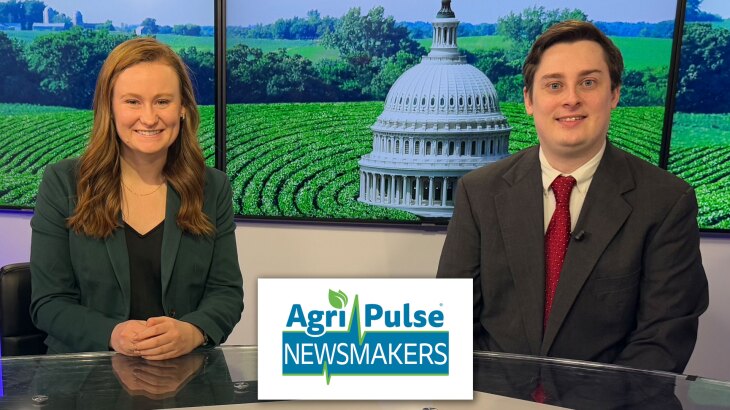U.S. wheat has had some challenging years, especially considering exports are targeted to hit lows not seen since the 70s, and that is due to several factors.
U.S. Wheat Associates say those include two consecutive years of drought in the winter wheat areas, a high crop in Australia, as well as Russia’s war in Ukraine. Drought-limited production put U.S. products at a steep price compared to wheat from other countries in the world market. All this aside, the group says American farmers produce a high-quality product able to meet market global demands.
“Our task is to make our wheat a food ingredient and not just some bulk commodity and that’s how we’re going to succeed going forward. We’re not going to be the largest supplier, but we think we’re going to be the smartest and most efficient providing the best value to customers,” Vince Peterson.
Peterson says he is optimistic about future opportunities for U.S. farmers.









